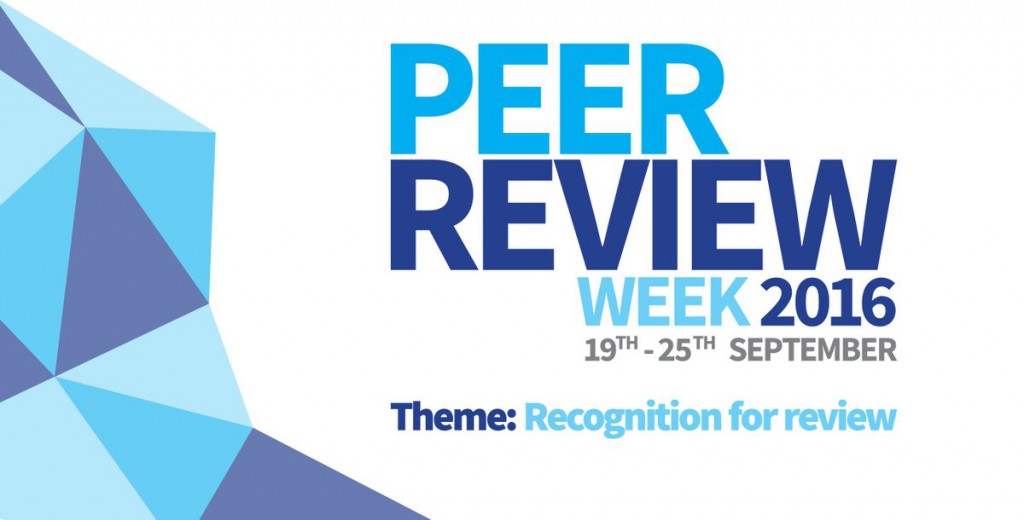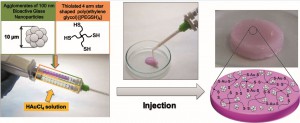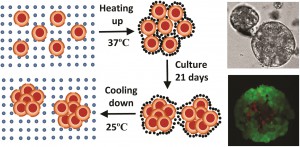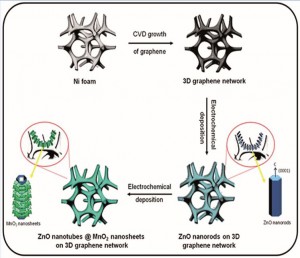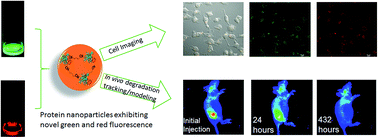Take a look at the most-downloaded RSC Advances articles from the months of July, August and September 2016 and let us know what you think!
Free radicals, natural antioxidants, and their reaction mechanisms
Satish Balasaheb Nimse and Dilipkumar Pal
RSC Adv., 2015,5, 27986-28006
DOI: 10.1039/C4RA13315C
Size-controlled silver nanoparticles synthesized over the range 5–100 nm using the same protocol and their antibacterial efficacy
Shekhar Agnihotri, Soumyo Mukherji and Suparna Mukherji
RSC Adv., 2014,4, 3974-3983
DOI: 10.1039/C3RA44507K
Synthesis and characterization of magnetic bromochromate hybrid nanomaterials with triphenylphosphine surface-modified iron oxide nanoparticles and their catalytic application in multicomponent reactions
Ali Maleki, Rahmatollah Rahimi, Saied Maleki and Negar Hamidi
RSC Adv., 2014,4, 29765-29771
DOI: 10.1039/C4RA04654D
Thermal-runaway experiments on consumer Li-ion batteries with metal-oxide and olivin-type cathodes
Andrey W. Golubkov, David Fuchs, Julian Wagner, Helmar Wiltsche, Christoph Stangl, Gisela Fauler, Gernot Voitic, Alexander Thaler and Viktor Hacker
RSC Adv., 2014,4, 3633-3642
DOI: 10.1039/C3RA45748F
Synthesis and properties of molybdenum disulphide: from bulk to atomic layers
Intek Song, Chibeom Park and Hee Cheul Choi
RSC Adv., 2015,5, 7495-7514
DOI: 10.1039/C4RA11852A
Graphene and its nanocomposite material based electrochemical sensor platform for dopamine
Alagarsamy Pandikumar, Gregory Thien Soon How, Teo Peik See, Fatin Saiha Omar, Subramaniam Jayabal, Khosro Zangeneh Kamali, Norazriena Yusoff, Asilah Jamil, Ramasamy Ramaraj, Swamidoss Abraham John, Hong Ngee Lim and Nay Ming Huang
RSC Adv., 2014,4, 63296-63323
DOI: 10.1039/C4RA13777A
Dual protection of amino functions involving Boc
Ulf Ragnarsson and Leif Grehn
RSC Adv., 2013,3, 18691-18697
DOI: 10.1039/C3RA42956C
Electrically conductive polymers and composites for biomedical applications
Gagan Kaur, Raju Adhikari, Peter Cass, Mark Bown and Pathiraja Gunatillake
RSC Adv., 2015,5, 37553-37567
DOI: 10.1039/C5RA01851J
Colloidal semiconductor nanocrystals: controlled synthesis and surface chemistry in organic media
Jin Chang and Eric R. Waclawik
RSC Adv., 2014,4, 23505-23527
DOI: 10.1039/C4RA02684E
Anti-bacterial surfaces: natural agents, mechanisms of action, and plasma surface modification
K. Bazaka, M. V. Jacob, W. Chrzanowski and K. Ostrikov
RSC Adv., 2015,5, 48739-48759
DOI: 10.1039/C4RA17244B
Interesting in submitting to RSC Advances? You can submit online today, or email us with your ideas and suggestions.











